Land of poison
More than half a century later, the effects of Cold War-era uranium mining are still killing the Navajo Nation

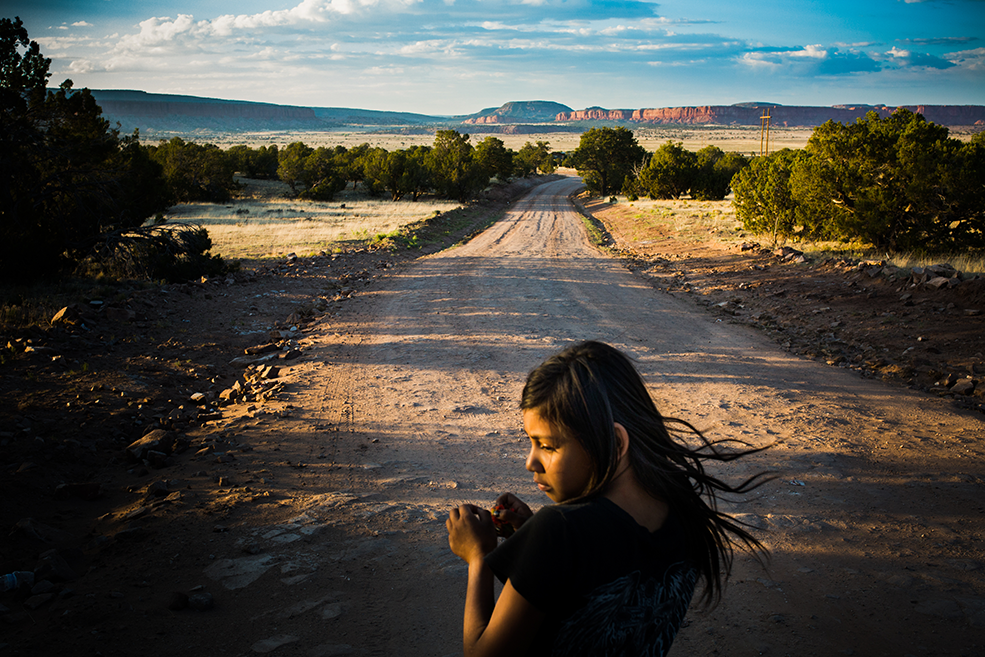
(Gabriel Scarlett)Quietly lying beneath this striking landscape is a resource that first invigorated and then decimated the Navajo: uranium.During the Cold War, uranium fueled the country's rapidly expanding nuclear program, bringing a boom to the Navajo's struggling communities. Thousands of Navajo men gravitated toward the promise of riches at the mines, desperate for income. Between 1944 and 1986, some 30 million tons of uranium ore were extracted from the lands and eagerly bought by the U.S. government.But the bounty came with a steep price: An onslaught of radiation-related illnesses wreaked havoc upon these miners — breathing complications, kidney damage, heart disease, fibrosis, depression, and more, all caused by uranium exposure. Studies have found the Navajo workers are now three times more likely to die from lung cancer — and more than 500 miners did between 1950 and 1990. Worse still, the Navajo were never warned of these known risks of working with uranium, and many laborers came home covered in bright yellow uranium dust, exposing their loved ones to the same dangerous toxins.Decades later, the Navajo Nation continues to suffer from the irresponsible mining practices of the nuclear arms race. As recently as 2016, CDC researchers were still finding uranium in Navajo newborns' urine.
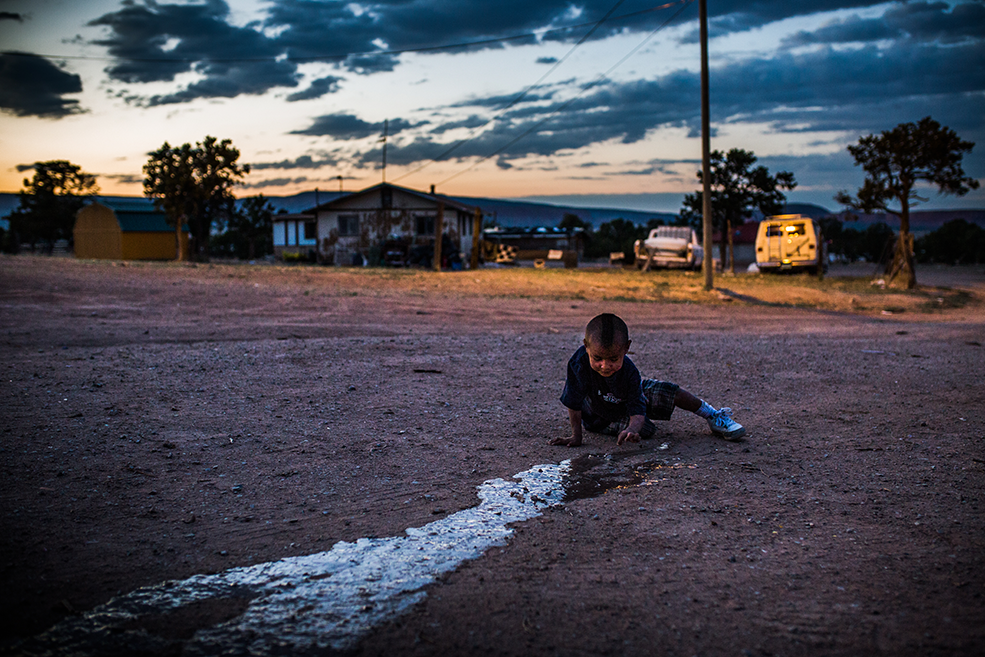
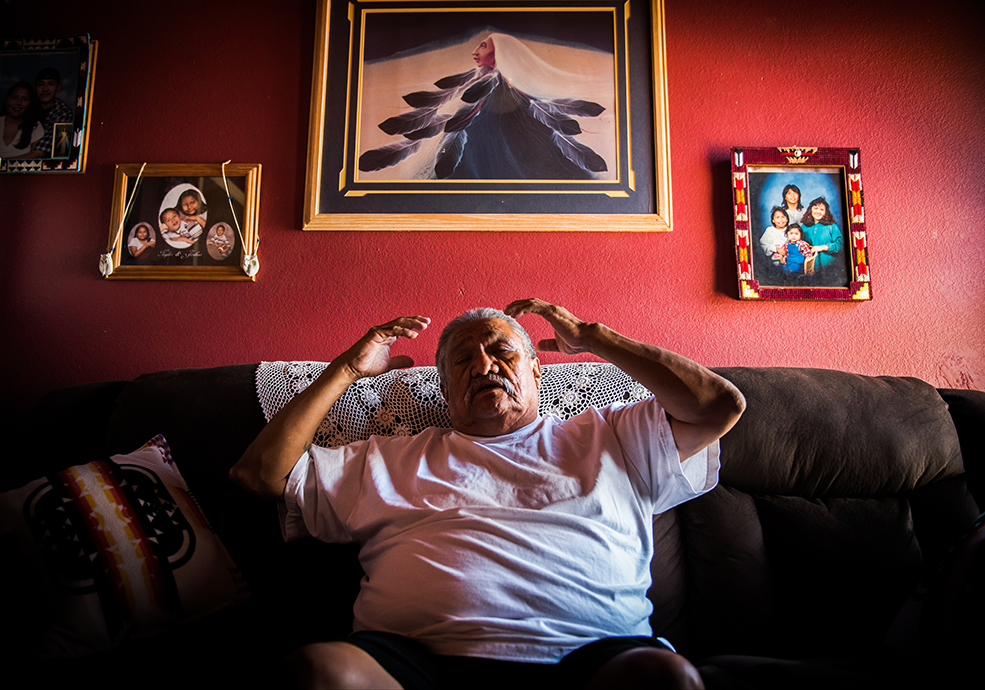
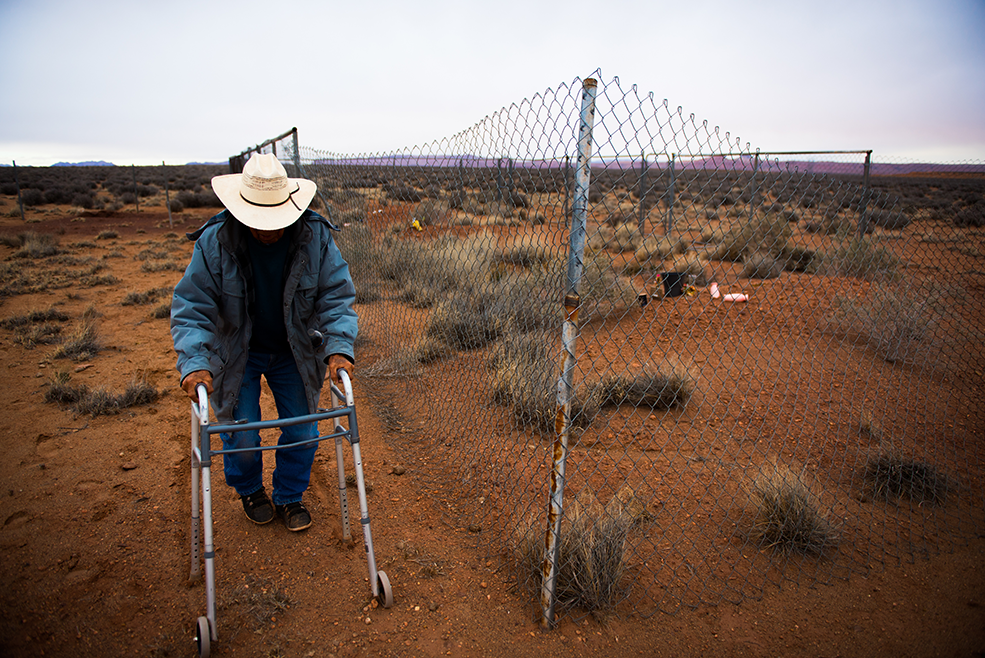
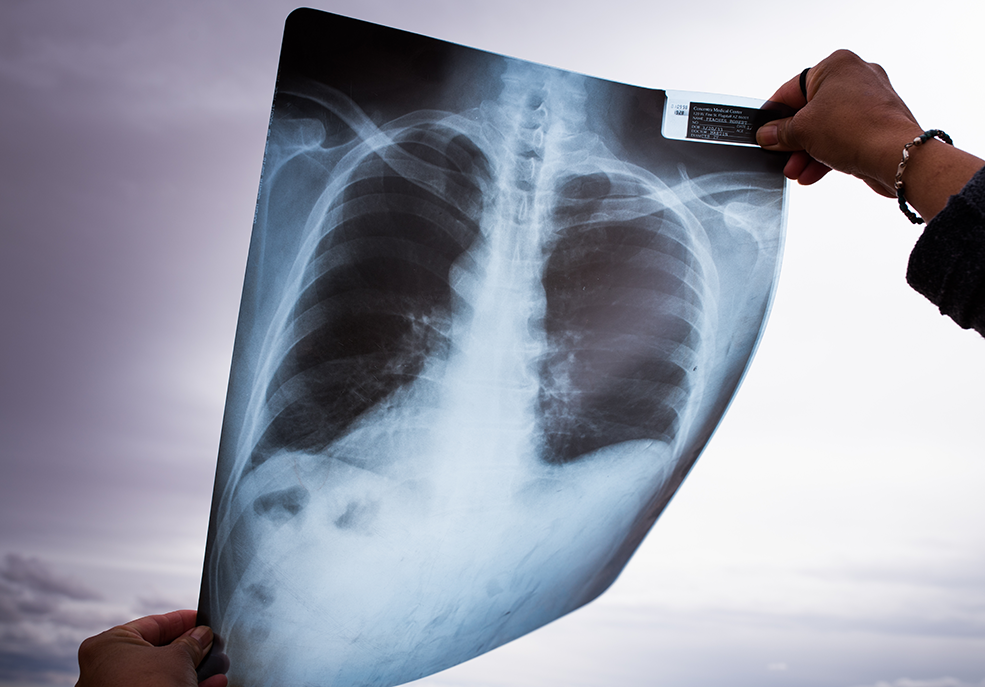
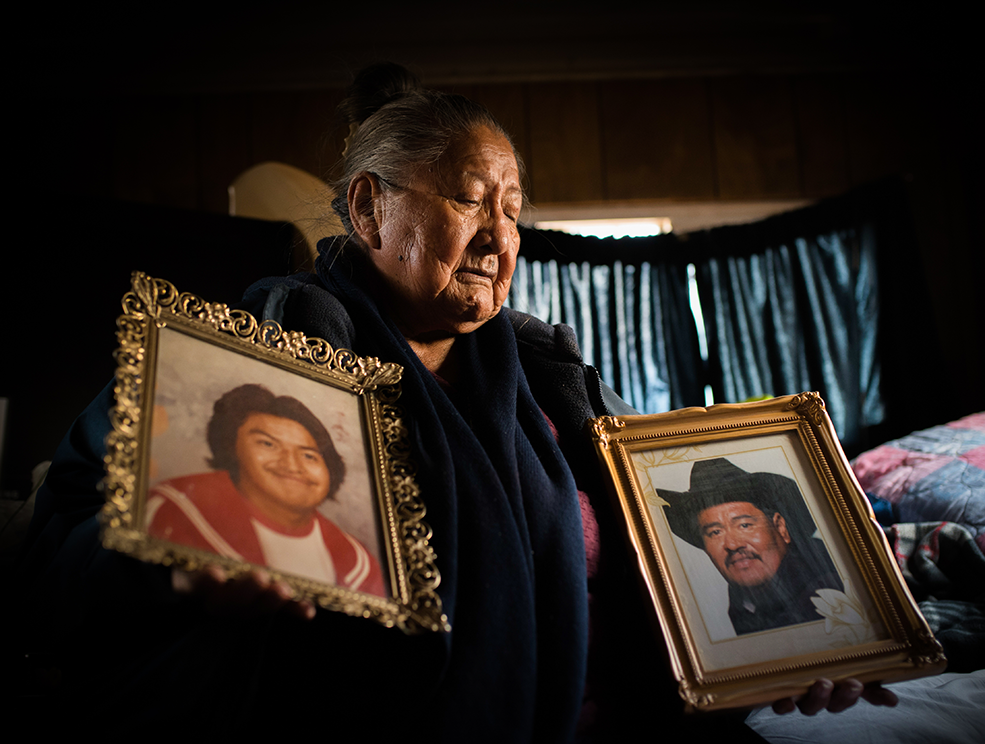
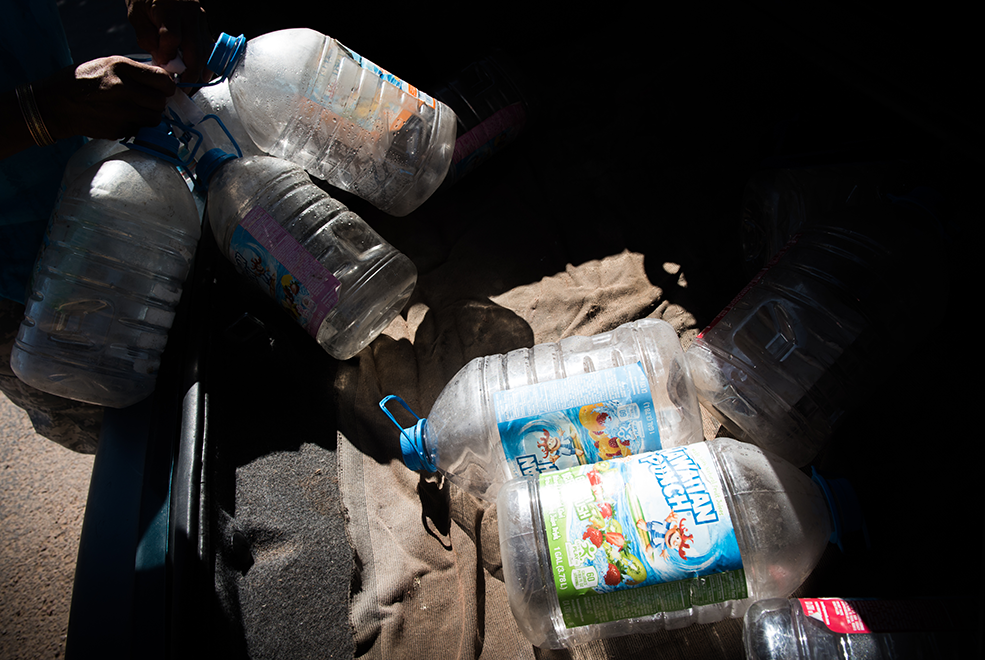
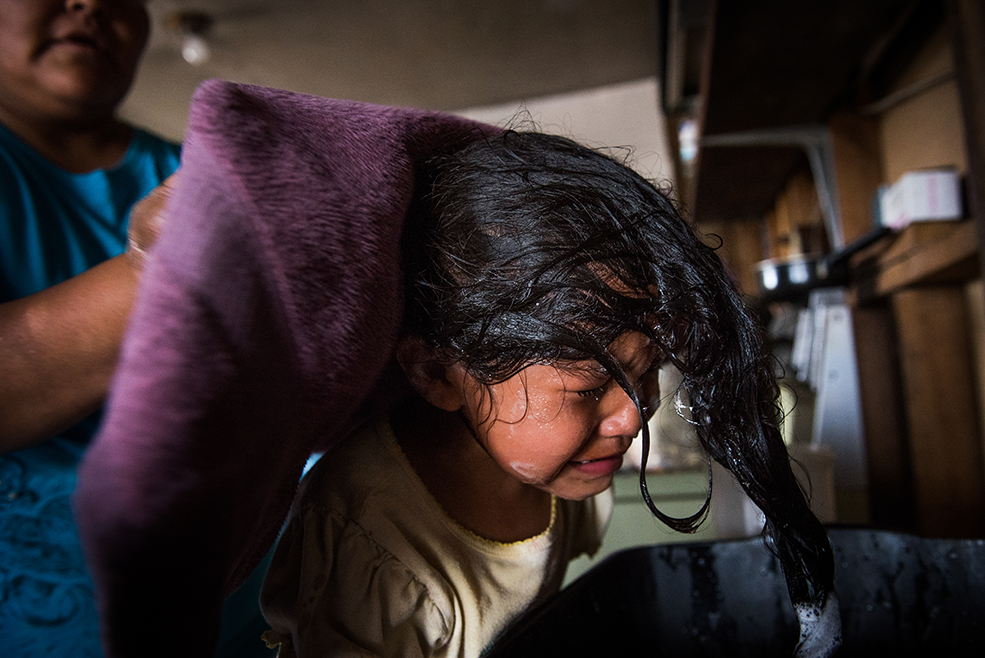
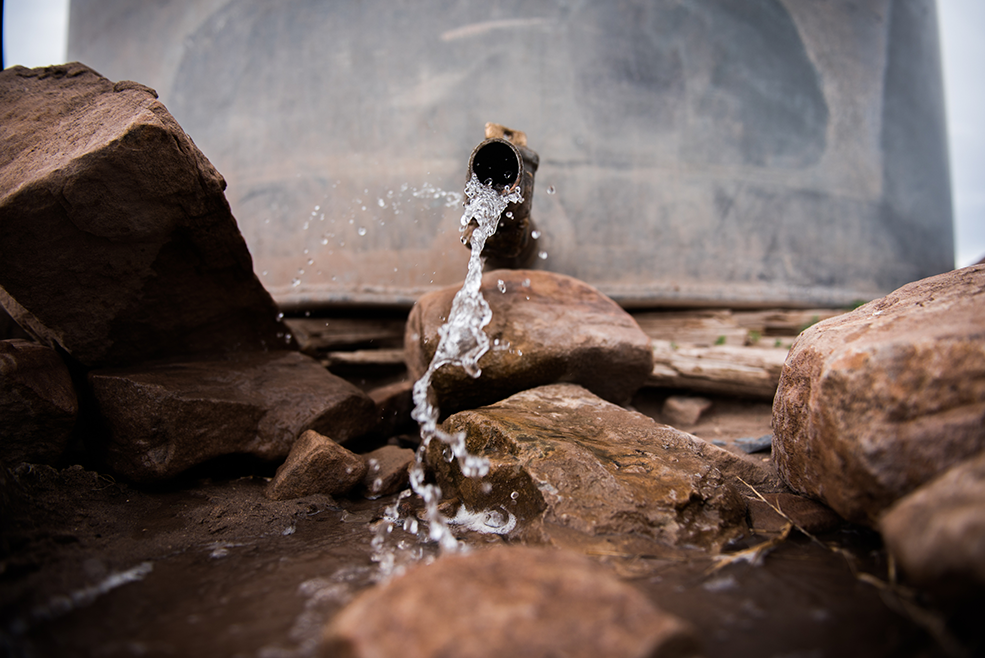
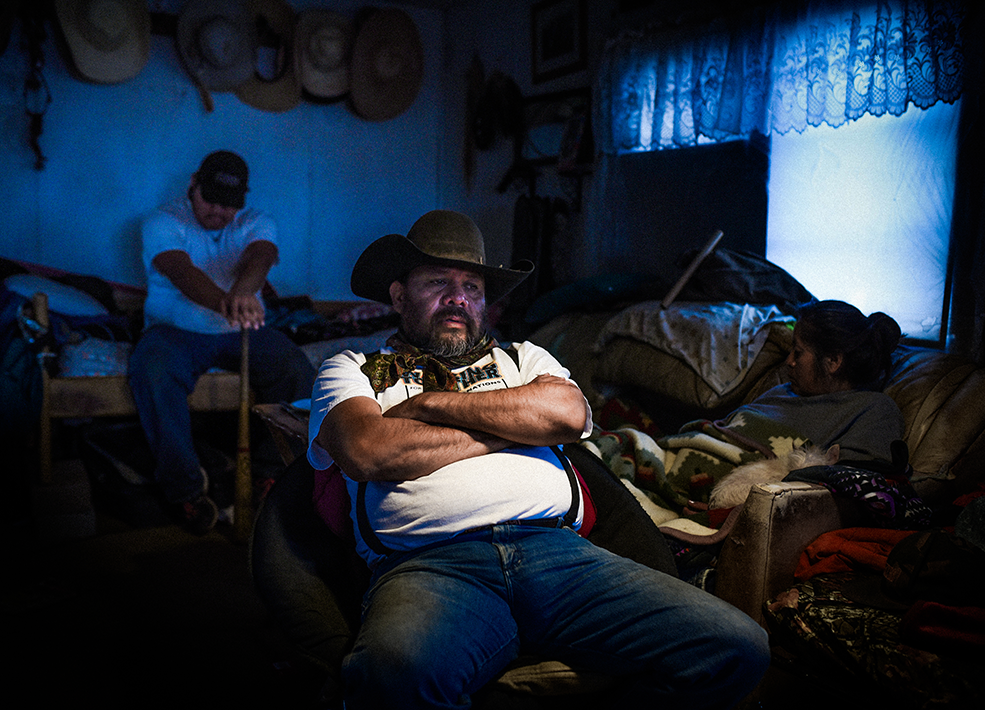
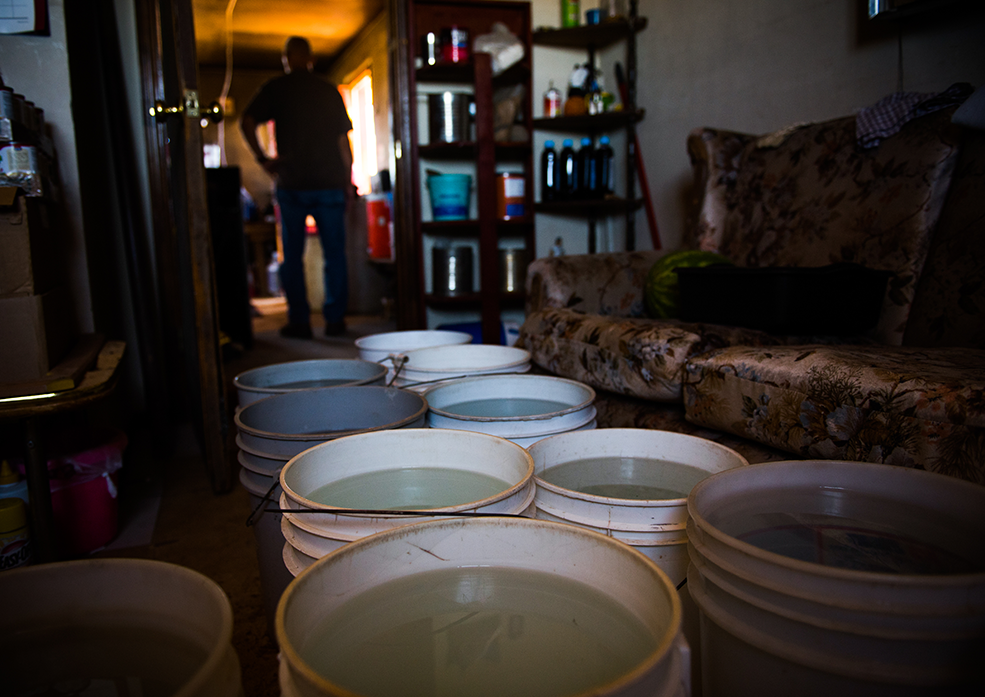
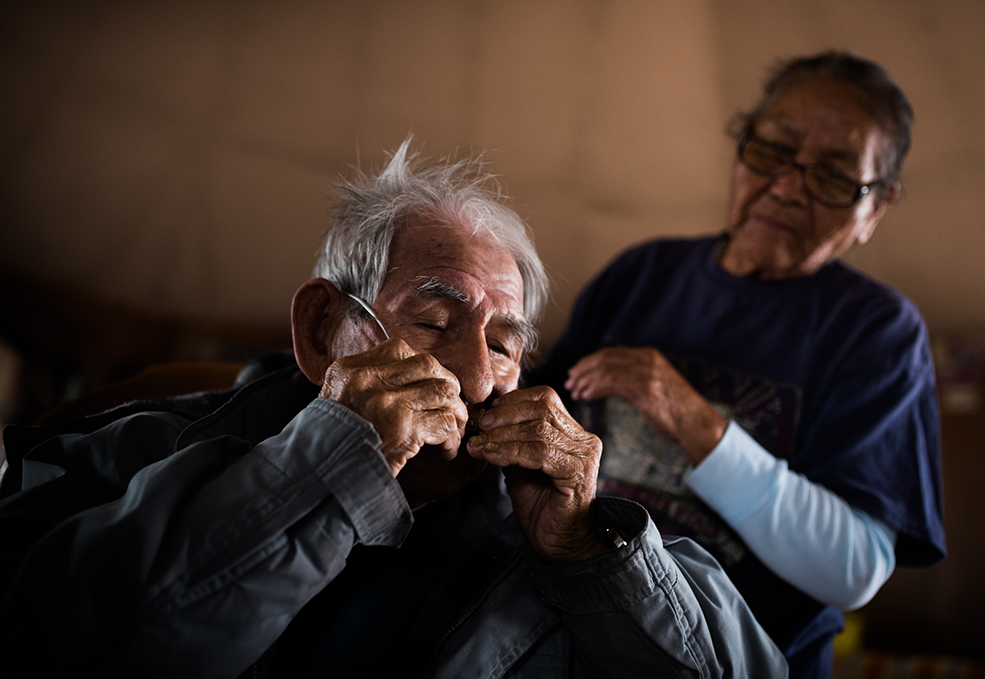
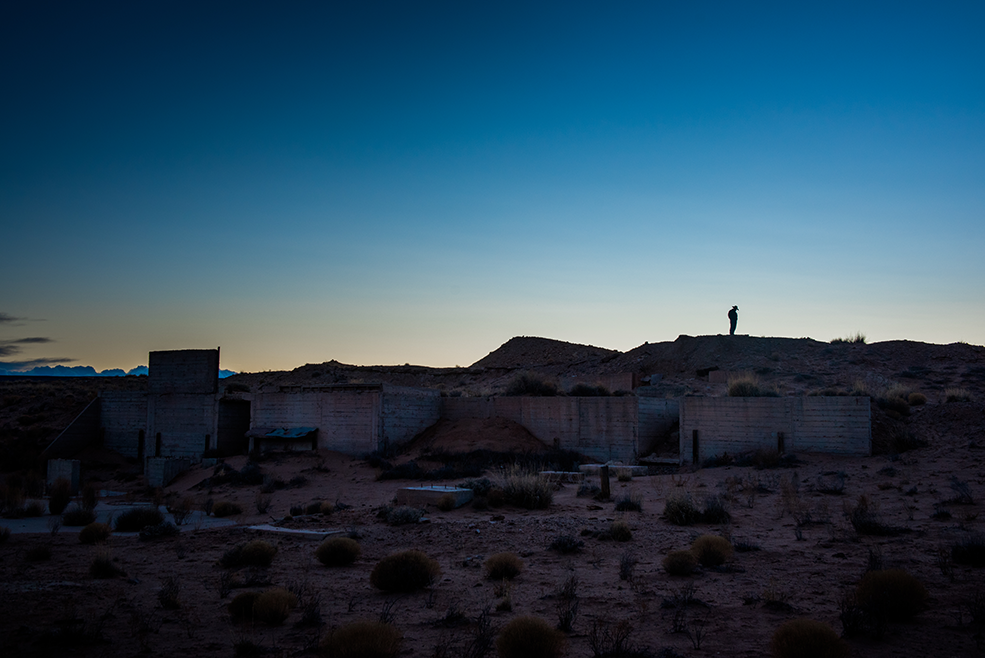
A free daily email with the biggest news stories of the day – and the best features from TheWeek.com
Jackie Friedman is the assistant photo editor at TheWeek.com. She is a graduate of the photojournalism program at Kent State University and now lives in New York.
-
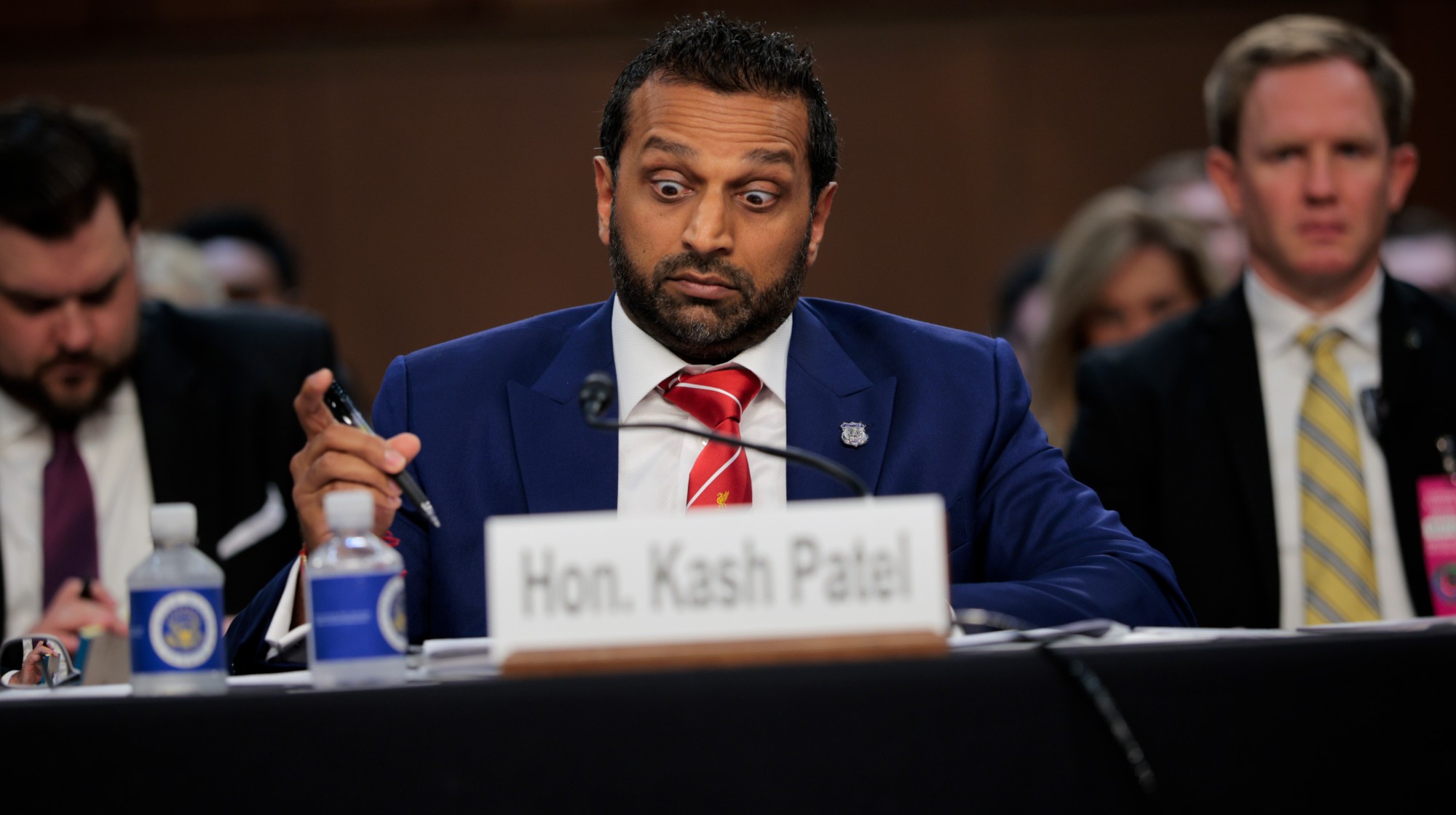 Ex-FBI agents sue Patel over protest firing
Ex-FBI agents sue Patel over protest firingspeed read The former FBI agents were fired for kneeling during a 2020 racial justice protest for ‘apolitical tactical reasons’
-
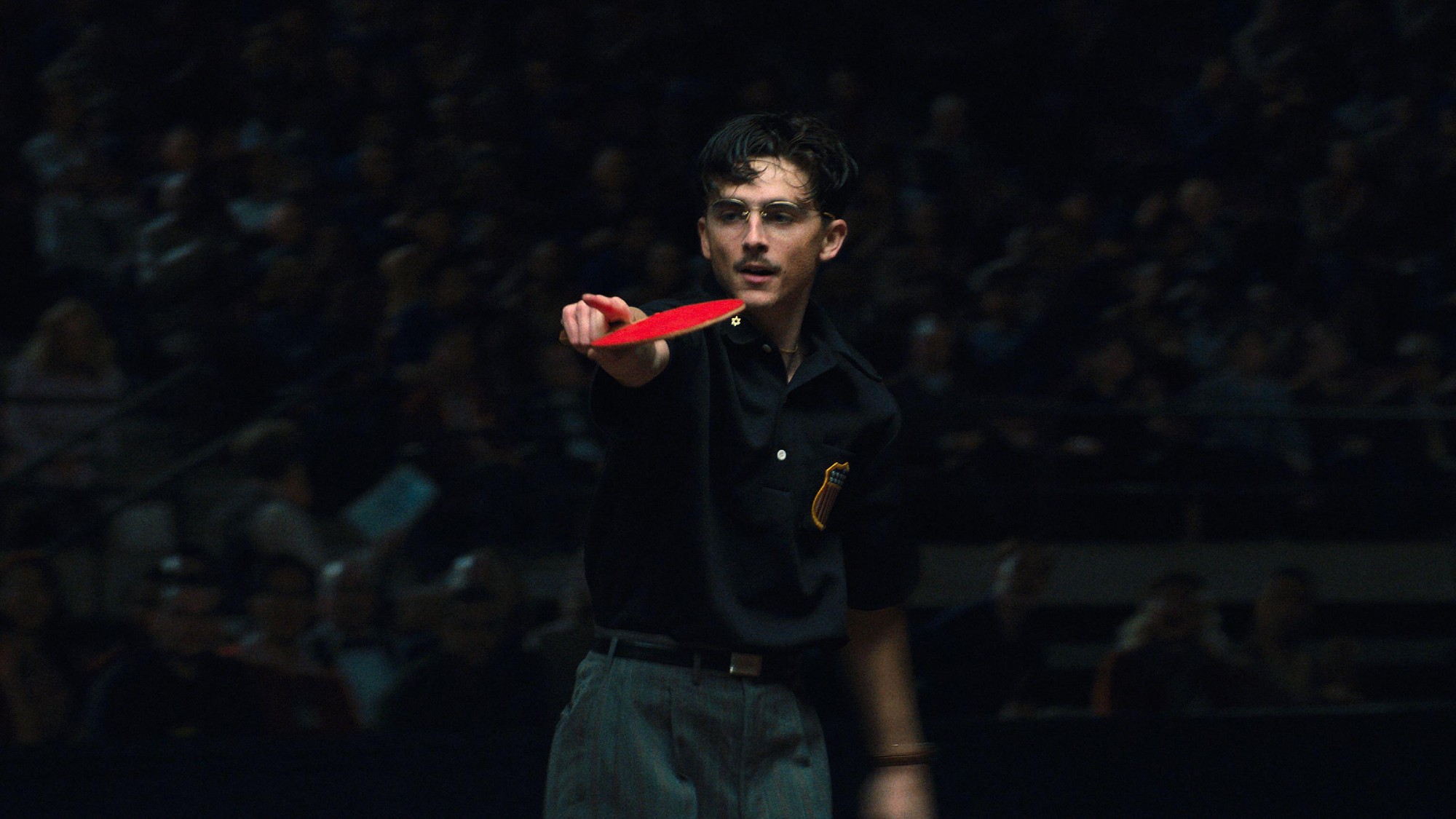 The real tragedy that inspired ‘Hamlet,’ the life of a pingpong prodigy and the third ‘Avatar’ adventure in December movies
The real tragedy that inspired ‘Hamlet,’ the life of a pingpong prodigy and the third ‘Avatar’ adventure in December moviesThe Week Recommends This month’s new releases include ‘Hamnet,’ ‘Marty Supreme’ and ‘Avatar: Fire and Ash’
-
 ‘These moves would usher in a future of chemical leaks’
‘These moves would usher in a future of chemical leaks’Instant Opinion Opinion, comment and editorials of the day